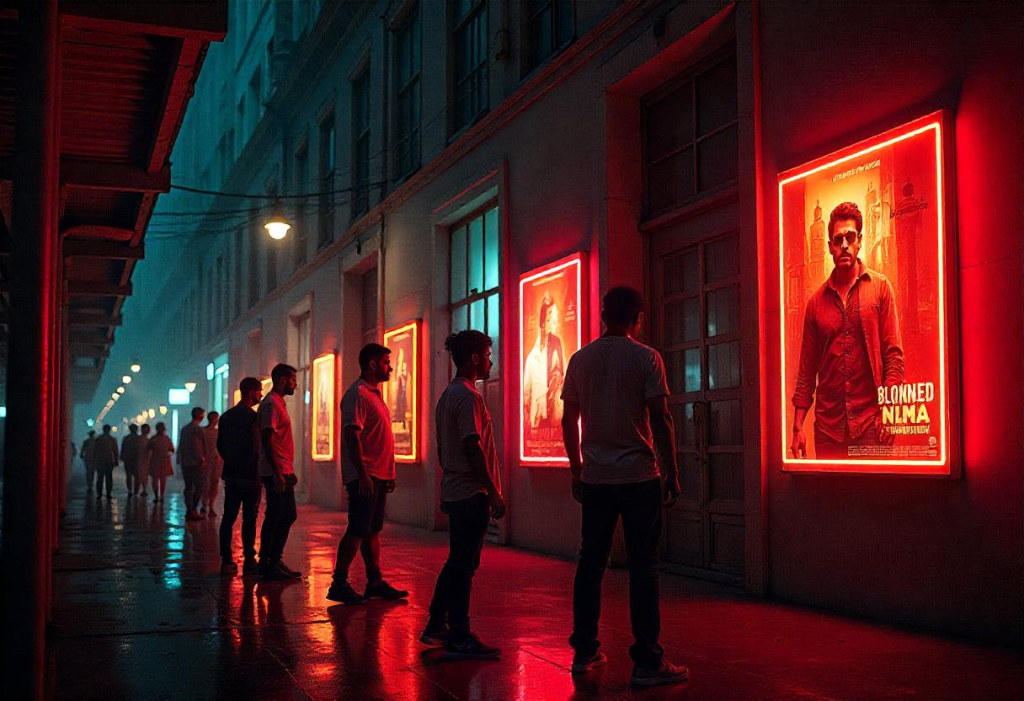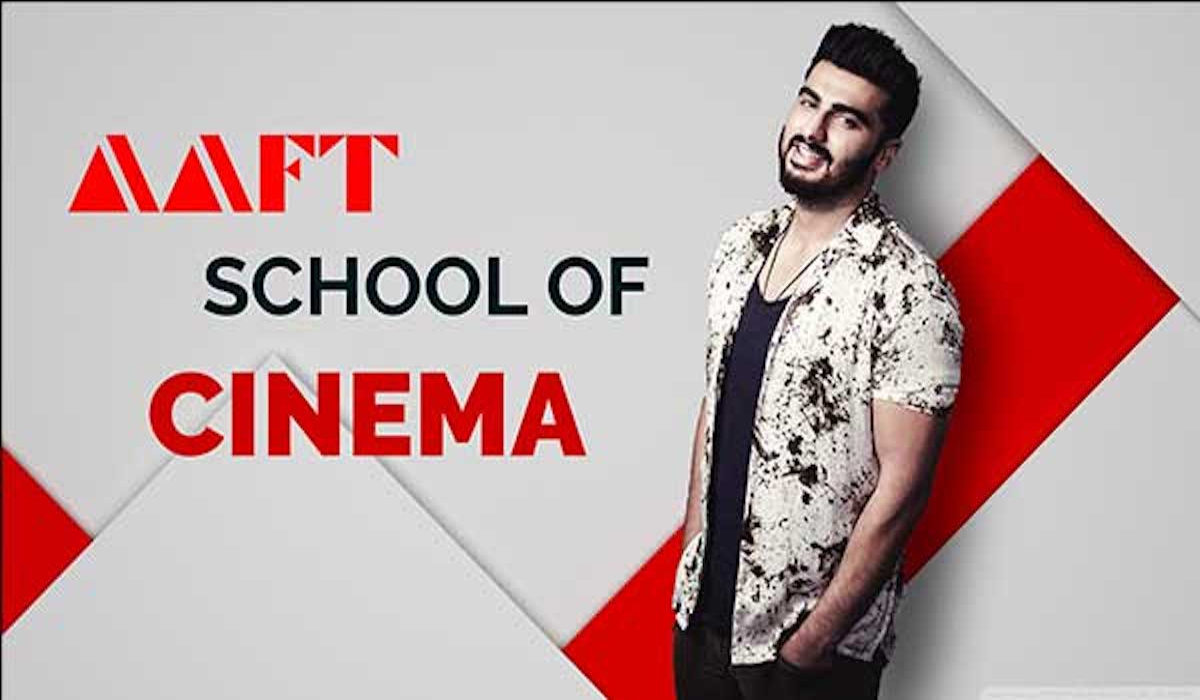Evolution of Indian Cinema: Everything You Need to Know
Be it 1971 Anand’s ‘Babu Moshai Zindagi Badi Honi Chahiye, Lambi Nahi’ or Sholay’s ‘Kitne Aadmi The,’ are some of the iconic dialogues that almost every Indian cinema fan would recognize. This is the magic of Indian Cinema. Similarly, whether it’s posters of Amitabh Bacchan hanging on walls or people lining up outside Mannat just to see a glimpse of Shah Rukh Khan, it is no surprise that much of our indianness is rooted and borne out of our love for Indian Cinema.
From silent feature films to superhit blockbusters to OTT, Indian cinema has evolved beautifully. But the question remains, when and where did it all begin? In this blog, we are going down in history to discover the birth of Indian cinema and its evolution to the digital dazzle of today!
Grab some popcorn as it will be a joyous ride afterall.
1930s – The Birth of Indian Cinema
Indian Cinema came to existence with one man and one dream.
Do you want free career counseling?
Ignite Your Ambitions- Seize the Opportunity for a Free Career Counseling Session.
- 30+ Years in Education
- 250+ Faculties
- 30K+ Alumni Network
- 10th in World Ranking
- 1000+ Celebrity
- 120+ Countries Students Enrolled
Dadasaheb Phalke dreamed of Indian people watching Indian movies on an Indian Silver Screen. He released ‘Raja Harishchandra,’ India’ first silent feature film with mythological influences that earned him the title ‘Father of the Indian Cinema.’
For his film ‘Raja Harishchandra,’ the producer, writer, director, cameraman was Dadasaheb himself. Talk about multi-tasking!
Even now his vision and legacy continues through the prestigious ‘DadaSaheb Phalke Award,’ facilitated by the Government of India to those individuals who have made exemplary contributions in the field of cinema.
Book Now →
The silent era did start with the Lumier Brothers but peaked in 1913 with ‘Raja Harishchandra.’ By 1920, India was producing 27 silent films which jumped to 200 annually by 1931.
1940s – The Talkie Era is Born
As technology advanced, sound entered the scene and helped make films more interesting. In 1931, Alam Ara became the first ‘Indian Talkie’ – complete with music, drama and dialogue. It became a sensation overnight.
Alam Ara was a costume drama about two rival queens with a lot of singing and dancing. Now we know where all our filmy songs came into existence. Over the time; songs were not just used for filters; but they were narrative tools, emotional expressions and cultural staples to enhance the overall look of the film.
Do you want free career counseling?
Ignite Your Ambitions- Seize the Opportunity for a Free Career Counseling Session.Some of the key milestones were Devdas (1935) which gave birth to the cult of tragic romantic hero. Similarly Bombay Talkies and New Theatre, Kolkata became the prominent powerhouses for the Indian film industry.
Read Also: How to Become A Successful Film Director in Bollywood

1950 – Birth of the Golden Era
The years between 1950 to 1960 are often regarded as the ‘Golden Age of Indian Cinema.’ This era gave Indian cinema lovers some of the legendary actors like Guru Dutt, Raj Kapoor, Dilip Kumar, Meena Kumari and many more. Their on-screen charisma and acting left an incredible mark on the Indian film industry.
The years also witnessed stories that were aesthetically pleasing, socially conscious and rich in entertainment. Below mentioned are some of the noteworthy directors that balanced entertainment with commercial success.
Satyajit Ray
The Apu Trilogy, directed by Ray, put Indian Cinema on the global map. Pather Panchali (1955) won many international awards, including at Cannes.
Guru Dutt
With films like Pyaasa (1957), Dutt combined poetic lyricism with social critique. Pyaasa turns out to be an immortal classic.
Read Also: Top 10 Career Options to Pursue in 2025
Raj Kapoor
He was popularly known for his Chaplin-esque charm blended with Indian ideas which was greatly portrayed in films like Shree 420 (1955) and Awara (1951).
Between the years 1950-1960, India was producing around 328 films per year. Indian cinema began to receive international recognition, especially at European film festivals.
1970 – 1980 – An Era of Masala Movies
This era marked the beginning of masala movies. Action, drama, romance and tragedy – all in one. The years also marked the era of ‘Angry Young Man’ – thanks to socio-political unrest and public disillusionment.
Bollywood stars like Hema Malini, Rekha, Amitabh Bachchan and Sridevi are some names that ruled the Masala Movies era. Moreover, the South Indian Film Industry was thriving too. Tamil stars like Chiranjeevi and Superstar Rajnikanth began their rise to demi-god status.
This era also gave rise to regional filmmakers as well. Shyam Bengal and Govind Nihalani are some of the renowned filmmakers that produced films on social realism and human struggles.
Here Comes the 90s’
The time which most of us are aware of is the 90s’ era. It was popularly known as ‘Filmy Dreamland.’ We all grew up watching 90s movies or saw their reruns on Set Max. 90s’ was a period of romance, music and, irrefutably, Shah Rukh Khan.
90s’ taught us that there was no better way than professing your love with a song. With romance musicals getting popular, films like DDLJ, K3G and Kuch Kuch Hota Hai were an inspiration for how romance is depicted on-screen.
As romantic-comedy, family-drama movies peaked in the 90s’, parallel cinema emerged actively. Mira Nair’s ‘Salaam Bombay’ was nominated for the Oscars and won at Cannes. Ram Gopal Varma’s Satya (1998) expressed the struggles of urban life.
Read Also: Discover the Top 10 Film Production Houses in India
2000s – 2010s – Rise of the Global Indian Cinema
As technology advanced, so did Indian Cinema.
With digital filmmaking, global collaboration and better VFX introduced, Indian movies started crossing borders. With films like Lagaan (2001) starring Aamir Khan got nominated for the Oscars, showcasing India’s storytelling muscle.
Films like Rang De Basanti (2006) showcased the mix of patriotism and youth rebellion whereas global blockbuster Baahubali (2015 & 2017) made INR 1800 crore globally because of the visual spectacle.
This era came with its own merits and limitations. The advantage was that digital cinematography replaced film reels, making it easier to produce a film. However, online piracy became a serious challenge but it also pushed them towards streaming platforms. Big budgets and bigger marketing strategies became the norm.
2020s – Present – OTT Era and Beyond
The Covid-19 pandemic hit pause on theatres – but also revolutionized Indian Cinema. Popular OTT channels like Netflix, Amazon Prime and Disney+Hotstar (now, JioStar) saw a massive boom. With audiences stuck at home, the spotlight shifted from theatres to OTT platforms.
India also has over 96 million OTT subscribers. Regional content started to boom as well. Tamil, Telugu and Marathi shows and films got national and international audiences as well.
Rise of pan-India films like RRR (2022) became a global phenomenon, winning Best Original Song at the Oscars for Naatu Naatu.
Read Also: The Impact of Social Media on Film Marketing and Promotions
What’s in the Future?
Read Also: Courses After 12th Arts – Top Career Choices for Arts Students
With AI, VFX and Animation ruling the world of filmmaking, Indian cinema is at the cusp of another major transformation. In the coming years, we will see young filmmakers, young actors, bold storytellers and with audiences more discerning than ever, content is not just a star power but is ruling the roost.
Conclusion
From mythological tales to the silent era to OTT movies – Indian cinema has truly come a long way. Just like that, Indian cinema will continue to evolve in the coming years as well. As we live through all of humanity, it is a great reminder that films occupy a larger space of our lives. No matter in which year, a film is being released, how many people have watched it – movies continue to be our safe haven and entertaining space in the good or bad times.
If you are in love with filmmaking, cinematography, production or acting, then AAFT is the right place for you. Founded in 1993, a pioneer in media and arts education, AAFT helps nurture future storytellers providing world-class training in direction and screenwriting, cinematography, VFX, post-production, sound design and music production.
And with that, the next reel of Indian Cinema promises to be bigger, bolder and more beautiful than ever. So, grab your popcorn, as the show has just begun!

Meha Yadav is a skilled content writer with 4 years of experience, specializing in creating impactful content across various niches including journalism, fashion, hospitality, data science and more. Her expertise lies in crafting stories that engage readers and drive results, making her an invaluable asset in the world of digital communication.











